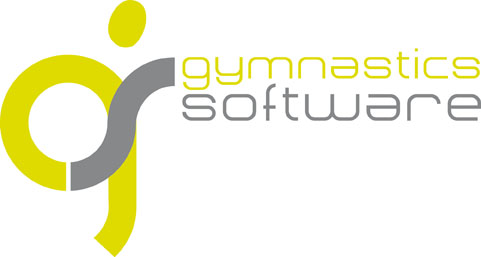Yesterday I received this question from an Italian judge and with his permission I answer the question on our blog.
The question is not new and to be honest I would not recommend to calculate the D-score using WAG Judge.
This is how we are used to judge:
1) While the gymnast performs her exercise, the D-judge writes it down. More often than not the D-judge is also judging the E-score.
2) After the exercise every judge counts the deductions.
3) The D-judge then starts computing the D-score.
How long does this take? After the gymnast ends her exercise it takes 2 or 3 minutes to get to the final score. The critical step is the computing of the D-score: many mistakes are made here.
If you just want to replace step 3) with the WAG Judge application, you will have correct results but the time required to input all data (Gymnast name or number, the symbols, the execution value and saving the exercise to a file) will take more time than before. The reason is that the software as it is today, is not optimized for this task.
The best way to use it today during a competition would be to have the exercises already saved on disk. This means that every gymnast must submit their exercises before the competion begins and some people are needed to put it into WAG Judge (or have the coaches use WAG Judge to submit their exercises). When the gymnast finished here exercise, the D-judge would compare the actual performed exercise with the submitted one. The amount of work is then reduced to just changing the symbols that were performed differently from the submitted ones.
Optimizing the application would mean:
* have a database linked to the application so that all gymnasts in competition are already available together with submitted exercises.
* have input fields for all E-scores
* have the results stored in the same database that holds the gymnasts info and submitted exercises.
Oh, and of course, having an IPad where you write the exercise down would also help. The problem there is that the amount of technology required to recognise a written gymnastics exercise along with all deductions and other things a judge writes down, is not available.
Some people are convinced that submitting an exercise prior to competition can give reason for prejudging. Do you have an opinion about this statement?







